In the vast orchestra of nature, where countless creatures contribute their unique sounds to the symphony of life, one performer stands out for its sheer volume. The white bellbird (Procnias albus), a resident of the Amazon rainforest, holds the distinction of producing the loudest bird call ever recorded. This remarkable achievement isn’t just impressive within the avian world—it’s a biological marvel that pushes the boundaries of what seems physically possible for a creature of its size. The white bellbird’s call reaches an astonishing 125 decibels, comparable to a thunderclap or a jackhammer at close range. As we explore this extraordinary bird and other notably vocal contenders in the animal kingdom, we’ll discover how and why these creatures evolved to be nature’s loudest broadcasters, and what their calls mean for their survival and reproduction.
The Record-Breaking White Bellbird
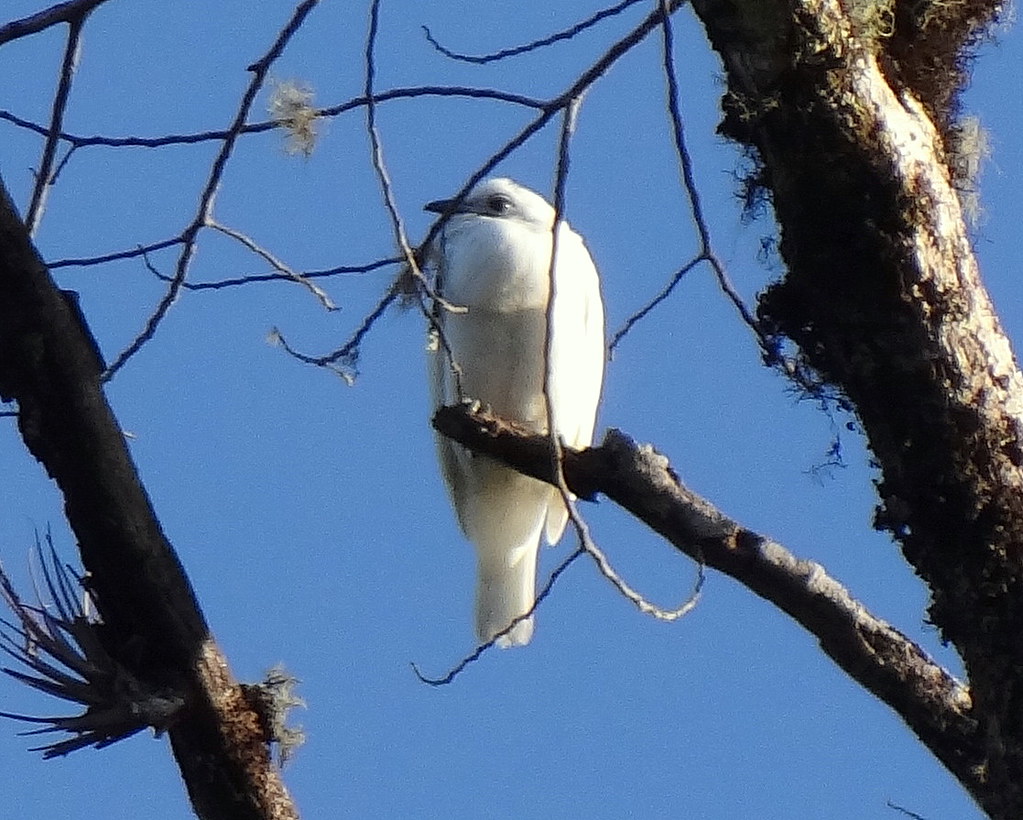
The white bellbird (Procnias albus), native to the mountains and forests of northern Brazil, Venezuela, and nearby regions, holds the current record for the loudest bird call on Earth. Scientific measurements have documented this bird’s call reaching an ear-splitting 125 decibels, which is comparable to standing next to a jackhammer or being in the front row of a rock concert. This volume is particularly astonishing considering the bird weighs only about 250 grams (less than half a pound), demonstrating remarkable sound production efficiency. Male white bellbirds are distinctive with their snowy white plumage and bizarre wattle—a long, fleshy appendage that dangles from their beak and can be inflated during courtship displays. Their record-breaking calls were officially documented by researchers in 2019, overturning the previous record holder and bringing new attention to this remarkable species.
How the Sound Measurement Was Verified
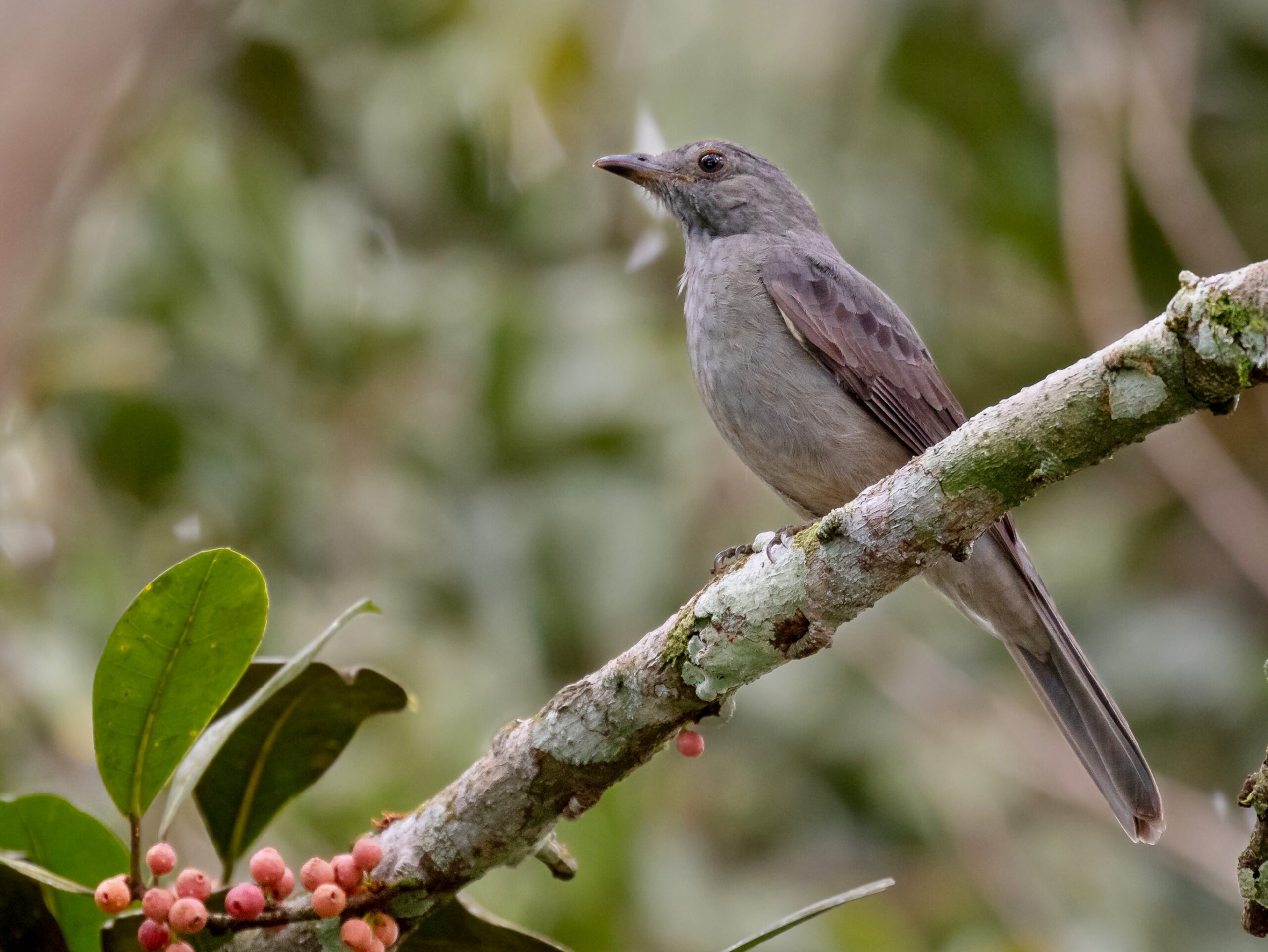
The groundbreaking measurement of the white bellbird’s call was verified through careful scientific methodology by researchers from the University of Massachusetts and the Instituto Nacional de Pesquisas da Amazônia in Brazil. The team used professional-grade sound recording equipment, including specialized microphones calibrated to accurately measure extreme volumes without distortion. Measurements were taken at different distances from calling males, with mathematical adjustments made to calculate the sound pressure at the source. The research team published their findings in the respected scientific journal Current Biology, providing peer-reviewed evidence of the bird’s exceptional vocal output. For comparison, their measurements showed that the white bellbird’s call is about three times more powerful than the screaming piha, which was previously considered the loudest bird.
The Surprising Runner-Up: The Screaming Piha
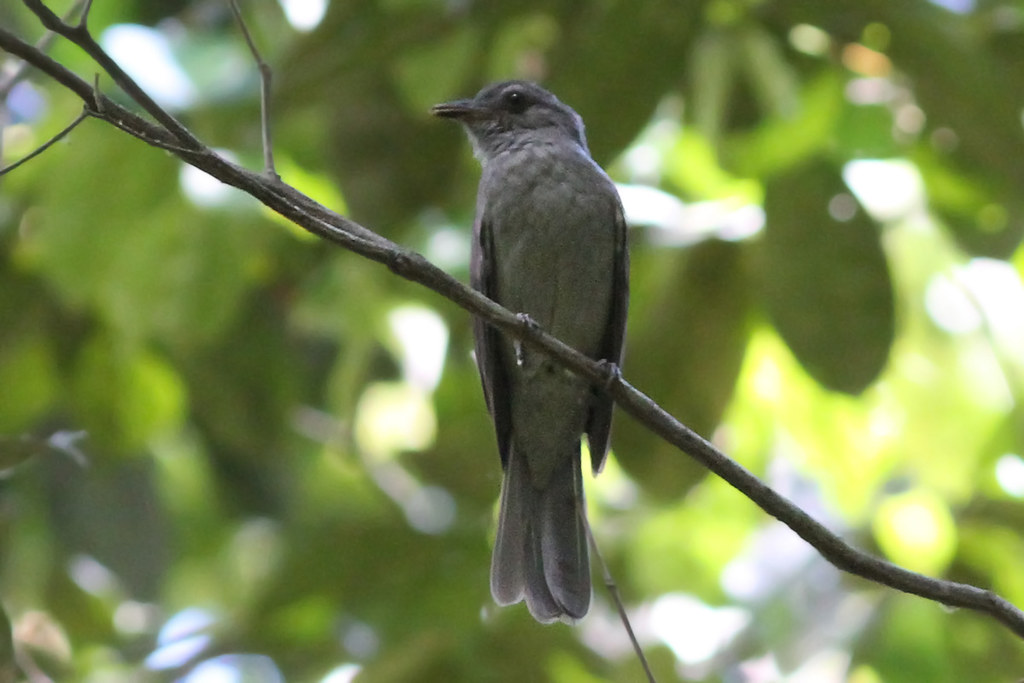
Before the white bellbird claimed the title, the screaming piha (Lipaugus vociferans) was widely recognized as the loudest bird in the Amazon and possibly the world. This modest-looking, gray-brown bird produces a call that reaches approximately 116 decibels, still loud enough to cause pain in human ears at close range. The piha’s call is often described as a piercing two-note whistle that resonates throughout the rainforest and has earned it the nickname “the chainsaw bird” among locals and tourists. Despite its relatively plain appearance, the screaming piha plays a critical role in rainforest ecology and is considered a flagship species for conservation efforts. Interestingly, both the white bellbird and screaming piha belong to the same family of birds (Cotingidae), suggesting a shared evolutionary path toward extreme vocalization.
The Biological Mechanisms Behind Extreme Bird Calls
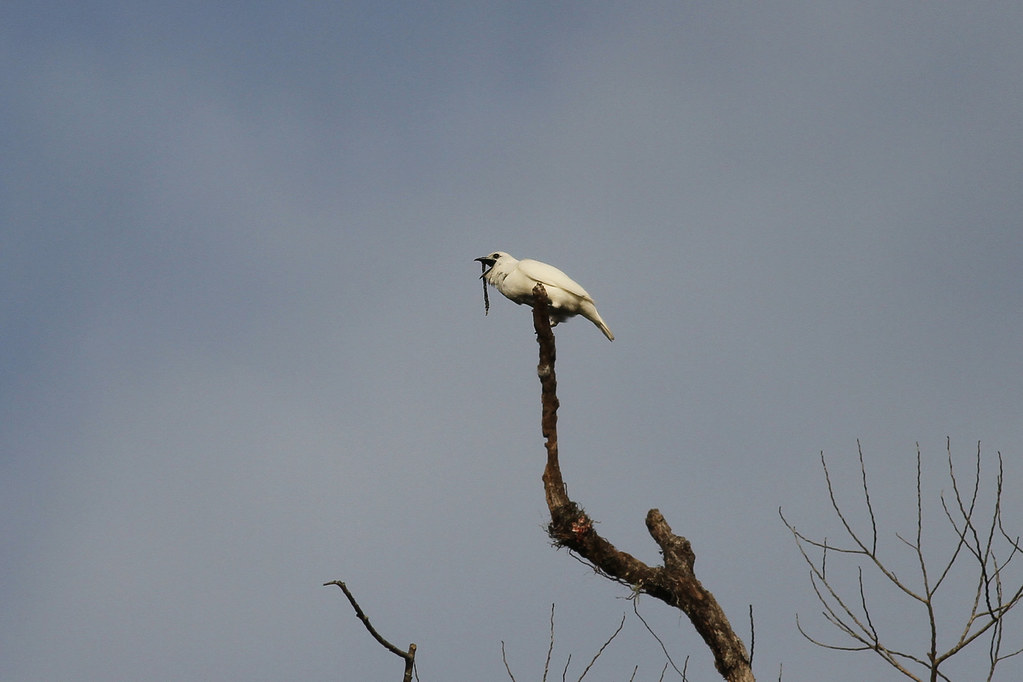
The extraordinary volume of the white bellbird’s call is made possible through specialized anatomical adaptations that maximize sound production efficiency. Unlike mammals, which use vocal cords, birds possess a unique sound-producing organ called the syrinx, located at the base of the trachea where it divides into the lungs. The white bellbird has an exceptionally well-developed syrinx with powerful muscles that can generate tremendous air pressure. Additionally, the bird’s entire body serves as a resonating chamber, with adaptations in the chest and throat that amplify the sound produced by the syrinx. The bird’s unusual wattle may also play a role in sound modulation or projection, though its exact acoustic function remains under study. Perhaps most remarkably, the bellbird achieves this volume without damaging its own hearing, suggesting specialized protective mechanisms that are still not fully understood by scientists.
Courtship and Competition: Why So Loud?
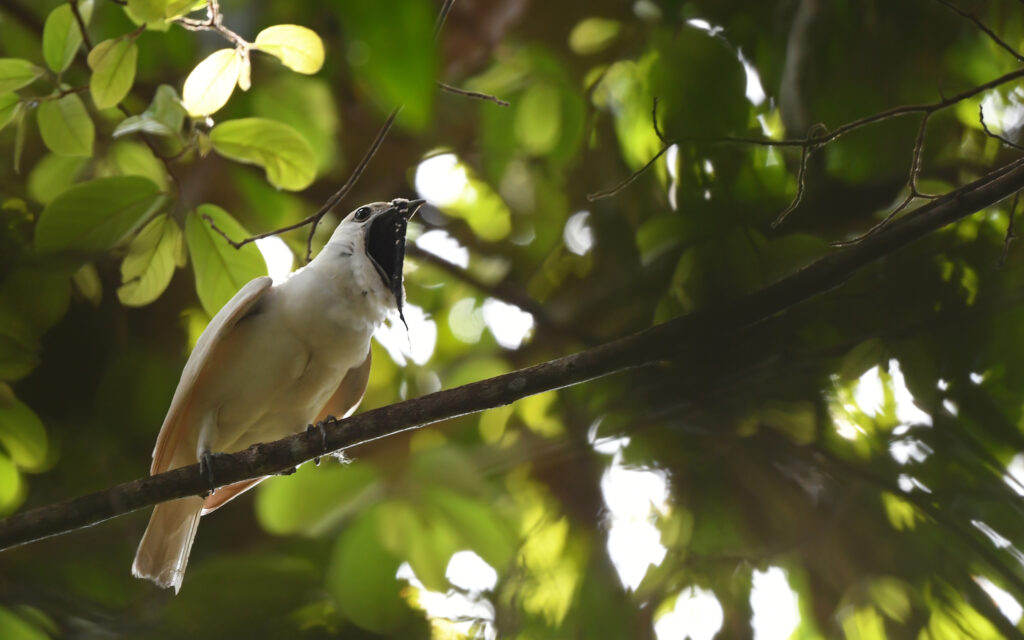
The extraordinary volume of the white bellbird’s call serves a critical evolutionary purpose centered on reproduction and territorial defense. Male bellbirds use their powerful calls primarily to attract females during breeding season, with louder males typically enjoying greater mating success. Researchers have observed that males often deliver their loudest calls when a potential mate is nearby, sometimes directing the call just a few feet away from the female—a behavior that seems counterintuitive given the potential for hearing damage. This excessive volume may serve as an honest signal of the male’s physical fitness, as producing such calls requires substantial energy and well-developed muscles. Beyond courtship, these calls also function as territorial announcements, warning other males to stay away from established breeding grounds. This dual purpose—attraction and territoriality—creates strong evolutionary pressure for increasingly louder calls, explaining the extreme vocalization capabilities that have evolved in these birds.
Other Notable Avian Noisemakers

While the white bellbird currently holds the record, several other bird species produce remarkably loud calls that deserve recognition. The Australian crested bellbird (Oreoica gutturalis) creates a ringing call that can be heard over great distances in the Australian outback, functioning as both a territorial marker and a way to maintain contact with its mate. The male blue bird-of-paradise (Paradisaea rudolphi) produces an intense call during its elaborate courtship displays that can be heard throughout the forests of New Guinea. North America’s common loon (Gavia immer) creates haunting calls that can travel for miles across northern lakes, with its “tremolo” call reaching impressive volumes when defending territory. Even the common raven (Corvus corax) deserves mention for its diverse vocal repertoire that includes calls that can carry for more than a mile through mountain valleys. Each of these species has evolved unique vocal adaptations suited to their particular environments and social needs.
Beyond Birds: Comparing Nature’s Loudest Animals
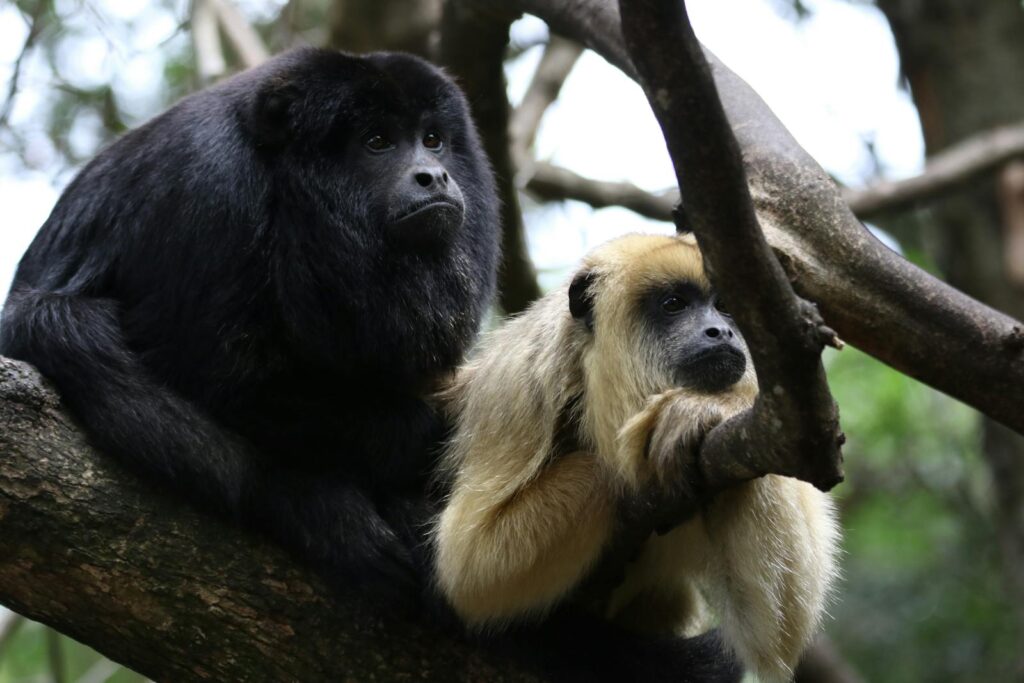
When expanding our focus beyond birds, the white bellbird’s impressive 125-decibel call is put into broader context by other animal sound champions. The undisputed loudest animal on Earth is the sperm whale, whose clicking sounds used for echolocation can reach an astonishing 230 decibels underwater (though sound measurements in water and air aren’t directly comparable due to different physical properties). Among terrestrial animals, the howler monkey produces calls reaching 140 decibels that can travel three miles through dense jungle, living up to its name as nature’s alarm clock. Certain insects make remarkably loud sounds relative to their size, with the water boatman (Micronecta scholtzi) generating 99.2 decibels by rubbing its penis against its abdomen, making it the loudest animal relative to body size. The bull alligator’s bellowing roar can reach 90 decibels and includes infrasound components felt more than heard by humans. This diversity of sound production methods across the animal kingdom highlights the many evolutionary paths to acoustic communication.
The Science of Sound Measurement

Understanding the true volume of animal calls requires precise scientific methodology and an appreciation for how sound is measured. Bioacousticians typically measure animal sounds using the decibel (dB) scale, which is logarithmic rather than linear—meaning that an increase of 10 decibels represents a tenfold increase in sound intensity. When comparing animal sounds, scientists must account for recording distance, as sound diminishes with distance according to the inverse square law. For properly standardized measurements, researchers typically convert recordings to the equivalent sound pressure level at a standard distance, often 1 meter from the source. Environmental factors like humidity, temperature, and background noise must also be carefully controlled or accounted for in measurements. Additionally, the frequency range of the sound matters significantly, as higher-pitched sounds attenuate more quickly in air than lower-frequency sounds, affecting how far they can be heard regardless of their volume at the source.
Habitat and Distribution of the White Bellbird
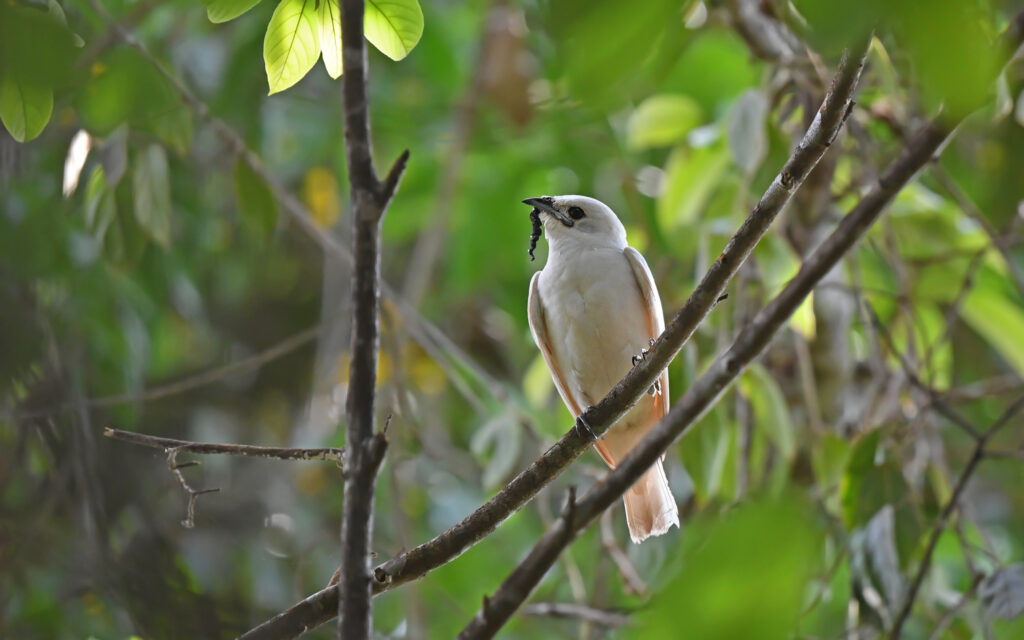
The white bellbird inhabits a relatively limited range within the northern portions of South America, primarily in the montane forests of Venezuela, Guyana, and northern Brazil. These birds show a preference for higher-elevation cloud forests between 1,300 and 2,000 meters above sea level, where the misty conditions and unique plant communities provide their specialized ecological niche. Unlike many rainforest birds that remain within the dense canopy, white bellbirds often perch conspicuously at the tops of emergent trees, making their brilliant white plumage visible from considerable distances. The species exhibits seasonal movements that appear to follow fruiting patterns of their preferred food trees, though they are not considered truly migratory. Unfortunately, their mountain forest habitats face increasing pressure from deforestation, climate change, and agricultural expansion, placing these remarkable birds at potential conservation risk despite their current stable population status.
Physical Adaptations for Sound Production
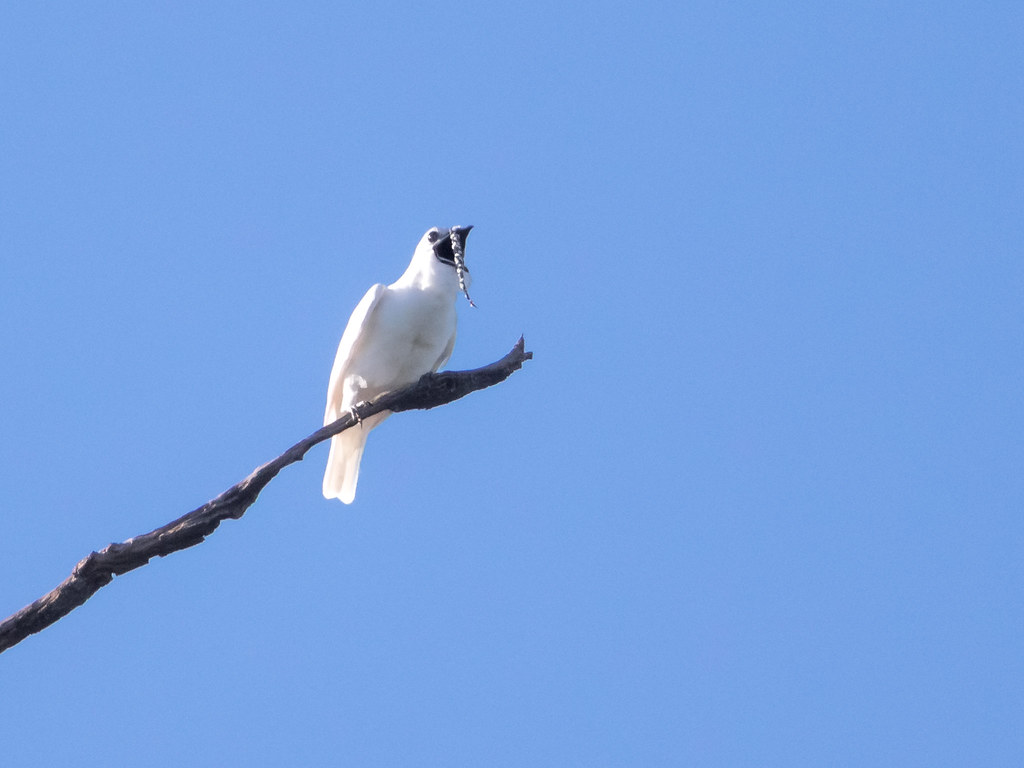
The white bellbird’s extraordinary vocal abilities are supported by several specialized physical adaptations beyond just its syrinx. The bird possesses unusually thick and strong chest muscles that provide the power needed to push air through its vocal apparatus with tremendous force. Its unique wattle, the fleshy appendage hanging from its beak, becomes engorged with blood and fully extended during calling, potentially serving as an additional resonating chamber or directional modifier for the sound. X-ray studies have revealed that the bellbird’s throat and chest contain specialized air sacs that may function as amplification chambers, similar to the sound box of a musical instrument. Perhaps most remarkably, the bird’s skull structure includes reinforced bone around its ear openings, which researchers believe may help protect its hearing from its own deafening calls. These adaptations represent millions of years of evolutionary refinement toward the specific goal of maximizing sound output.
Conservation Status and Threats
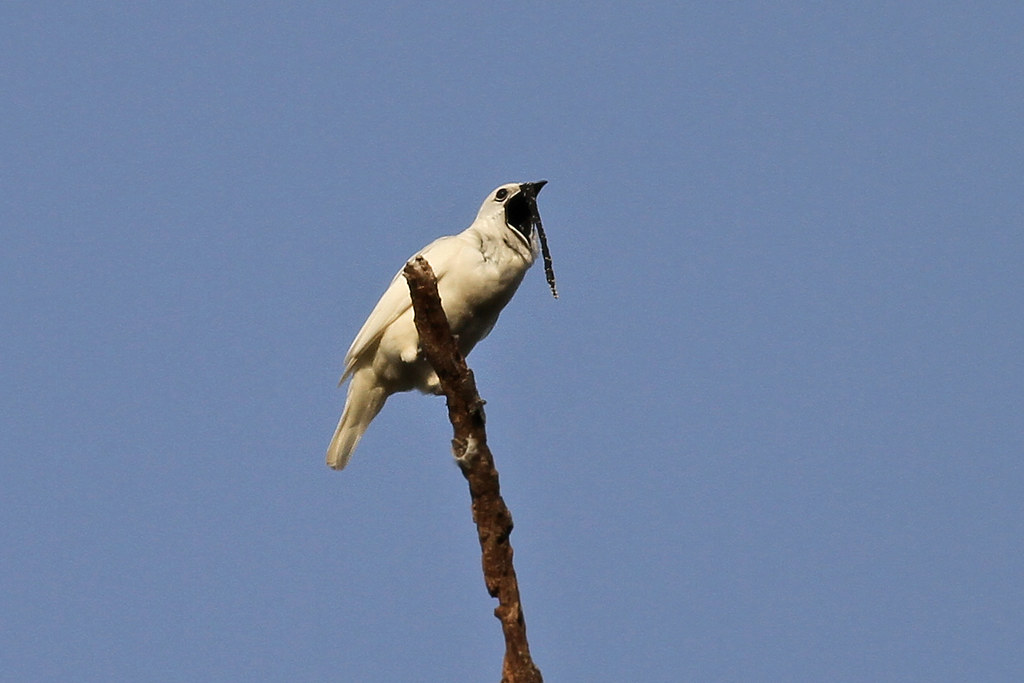
Despite its impressive vocal abilities, the white bellbird faces several conservation challenges that could threaten its long-term survival. Currently classified as a species of “Least Concern” on the IUCN Red List, the bird nonetheless faces habitat loss due to deforestation in its limited range, particularly as mountain forests are cleared for agriculture and livestock grazing. Climate change poses a significant threat to the cool, misty mountain habitats the bellbird prefers, with warming temperatures potentially forcing the birds to seek ever-higher elevations with diminishing suitable habitat. The white bellbird’s specialized diet, consisting primarily of certain forest fruits, makes it particularly vulnerable to ecological disruptions that affect these food sources. Additionally, while not currently a major factor, its distinctive appearance and remarkable call could potentially make it a target for the exotic pet trade if protections are not properly enforced. Conservation efforts currently focus on preserving intact forest corridors in the highlands of northern South America.
Cultural Significance and Human Connections
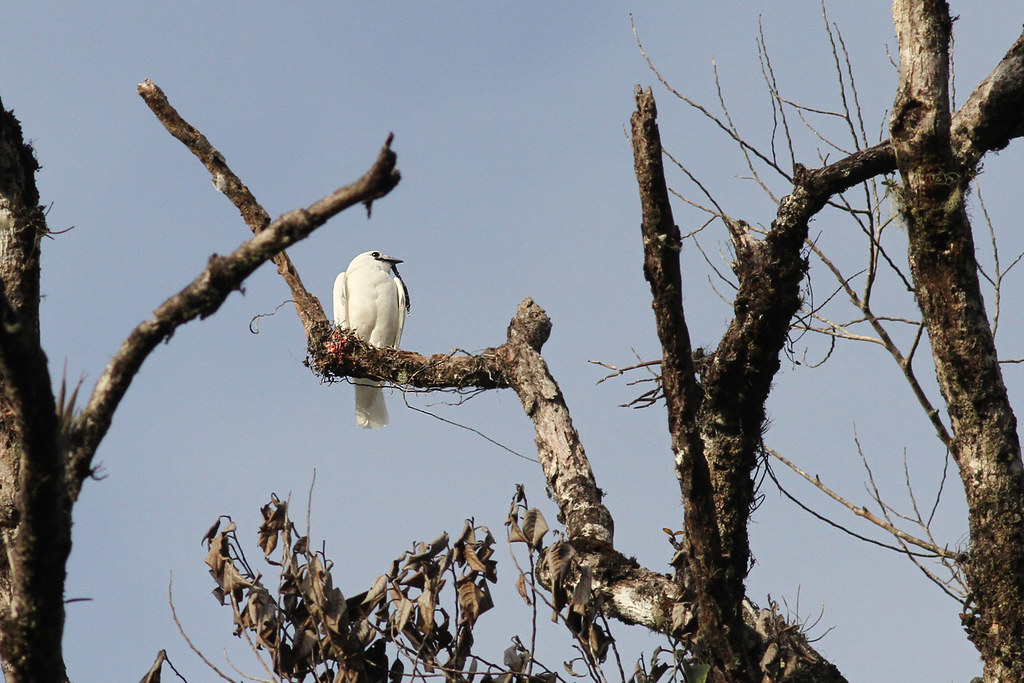
The white bellbird and its extraordinary call have earned it a special place in the cultural traditions of indigenous peoples throughout its range. Among several Amazonian tribes, the bird features prominently in creation myths, often portrayed as a messenger between the human world and the spirit realm due to its penetrating call. Birdwatchers and ecotourists increasingly seek out the opportunity to hear and witness the bellbird’s call in person, creating economic incentives for local communities to preserve forest habitats. The bird has been featured in several documentary films, including works by the BBC and National Geographic, bringing international attention to this remarkable species and its ecosystem. Scientific interest in the white bellbird continues to grow, with researchers from multiple disciplines studying its unique sound production mechanisms for potential applications in fields ranging from acoustics to materials science, creating new connections between this remarkable bird and human society.
Future Research and Remaining Mysteries
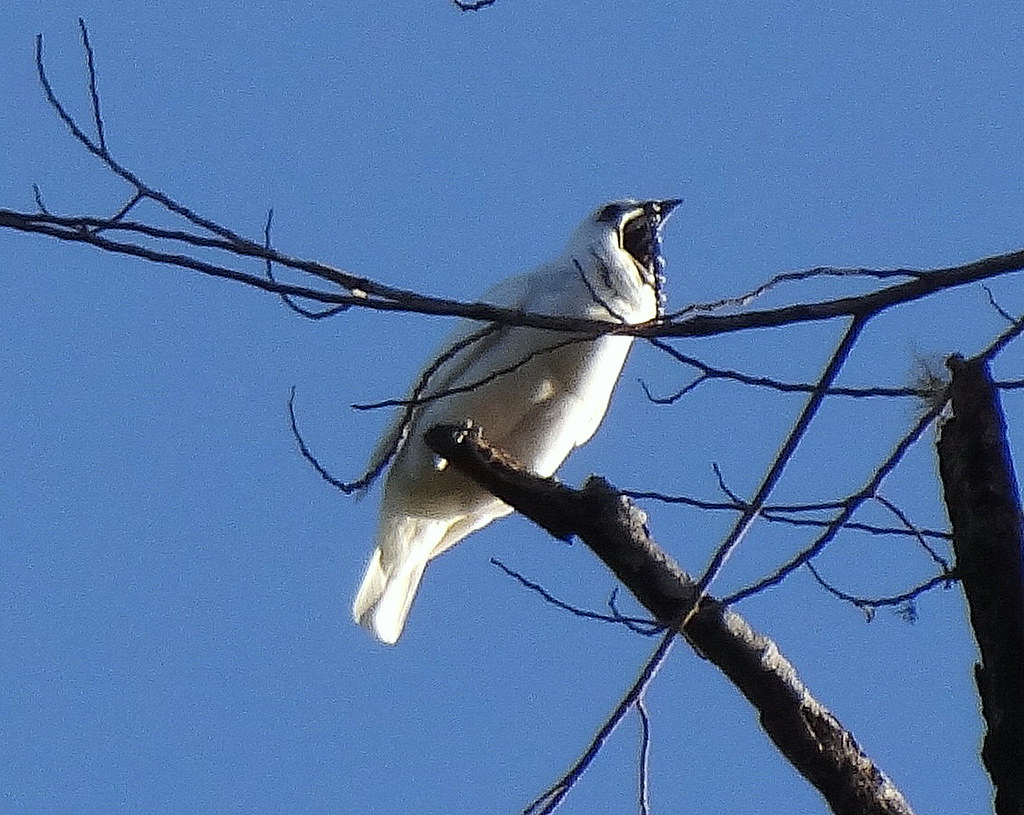
Despite recent advances in our understanding of the white bellbird, several fascinating questions about this vocal champion remain unanswered. Researchers are particularly interested in better understanding how female bellbirds avoid hearing damage when males call directly at them from such close range—a puzzle that could potentially reveal new mechanisms of natural hearing protection. Ongoing behavioral studies aim to clarify the specific relationships between call volume, mating success, and territorial defense, testing hypotheses about the evolutionary advantages of extreme vocalization. Long-term monitoring programs are tracking how climate change might affect the bird’s distribution, behavior, and potentially even its call characteristics as habitats shift. Advances in recording technology are allowing scientists to analyze the fine acoustic structure of the bellbird’s call with unprecedented detail, potentially revealing subtle variations that communicate different messages to other bellbirds. These research directions promise to deepen our appreciation of this remarkable species while expanding our understanding of bioacoustics more broadly.
Conclusion
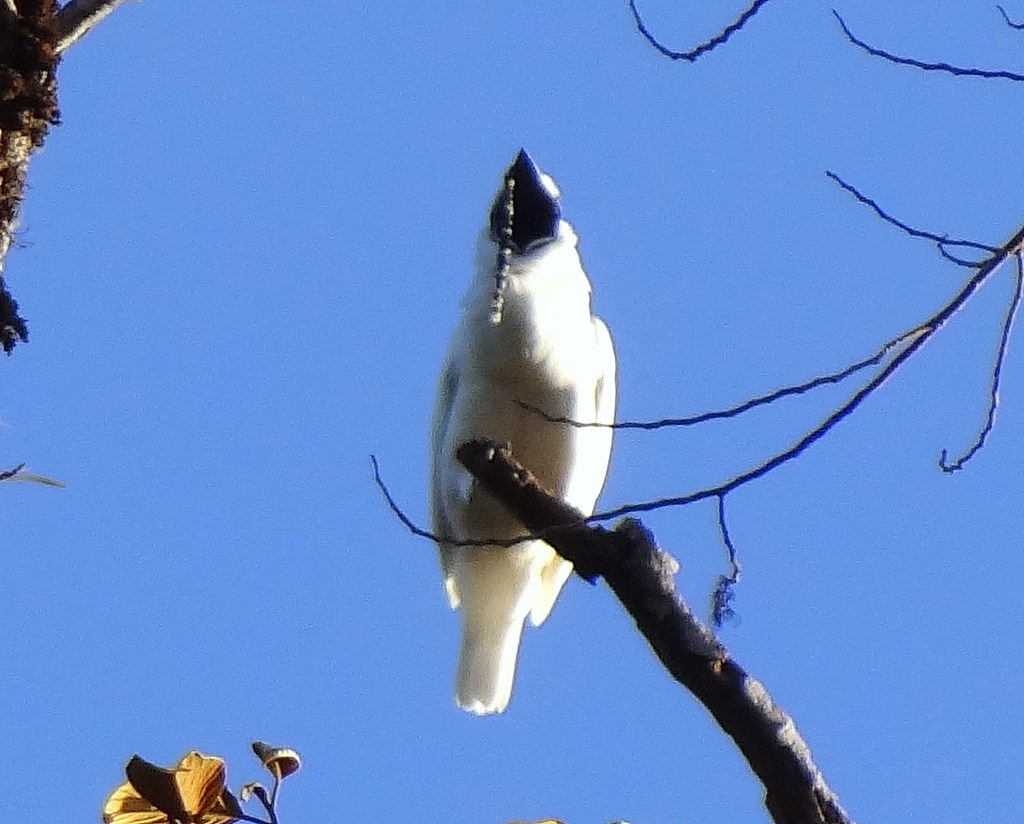
The white bellbird’s extraordinary vocal abilities represent one of nature’s most impressive biological achievements—a testament to the power of sexual selection and evolutionary specialization. At 125 decibels, its call stands as a reminder of how even modestly-sized creatures can produce outsized impacts on their environments through specialized adaptations. As researchers continue to study this remarkable bird and its vocal competitors across the animal kingdom, we gain not only scientific knowledge but also a deeper appreciation for the diverse ways that living beings have evolved to communicate. The bellbird’s piercing announcement across the misty Amazonian mountains serves as nature’s own amplified reminder of the biodiversity worth protecting in our increasingly noisy world. From the microscopic structures of its vocal apparatus to the cultural significance it holds for indigenous peoples, this avian sound champion connects multiple dimensions of our natural world through nothing more than the power of its voice.
